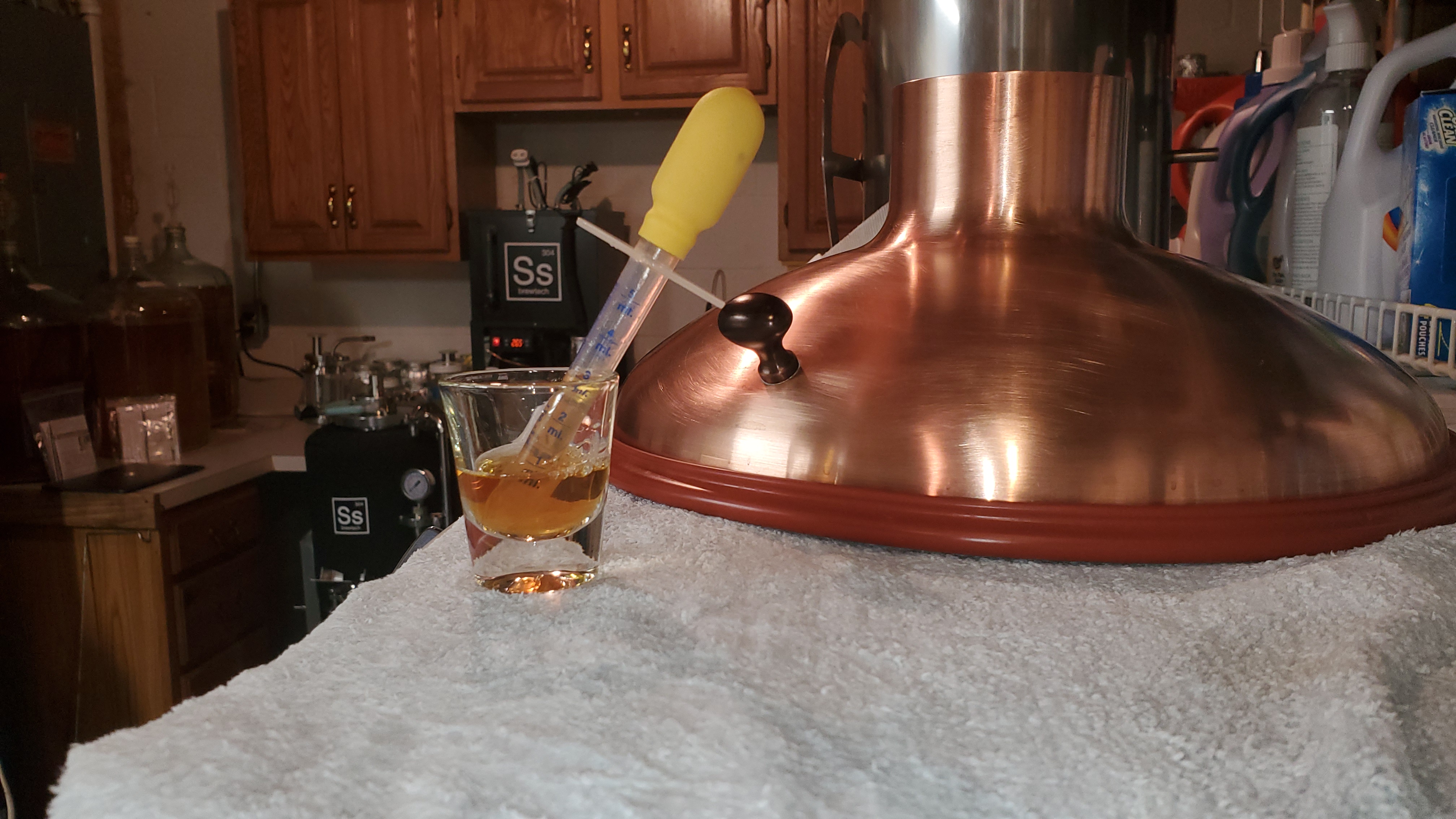Jeff Kroosz
Active Member

Scottish Export. 1.048 OG
Last edited:


Nope. Clear wort does not equal clear beer.Mine has never looked anything like that.
Should I be striving for wort clarity?
Nope. Clear wort does not equal clear beer.









For nutrient hungry yeast, good levels of trub might actually be essential for a healthy fermentation. Thinking of certain kveiks for example.But it might equal other things... Some level of trub is perfectly fine. But for certain styles and other aspects of beer it might not be ideal..
View attachment 705974
Mine is post cooling.Are those pre- or post-cooling? Wort cooled to pitching temp should be quite hazy because of good cold break formation.
No you can't unless you let the wort decant possibly for several days which would be unsafe. How do you cool your wort?Yeah post cooling on the way to the Fermenter. My ground water is very cold so I can leave most of the cold break in the kettle.
No you can't unless you let the wort decant possibly for several days which would be unsafe. How do you cool your wort?
It's impossible for cold break to have settled unless you've waited way too long before pumping into the FV. There is a distinct possibility though that you might experience poor cold break formation which is something that should be avoided and is usually the result of slow cooling.That is wort at 53*.. it’s already cleared.
I use an Immersion and CFC at the same time. Wort gets to 53 in the kettle before it’s pumped out then cooled to 46 for lagers. Wort looks similar for ale pitching when it leaves the kettle at 62.
It's impossible for cold break to have settled unless you've waited way too long before pumping into the FV. There is a distinct possibility though that you might experience poor cold break formation which is something that should be avoided and is usually the result of slow cooling.



Its beer to be!!!!! BE PLEASED!View attachment 706313
Post chill35 mins to 16C/61F), after :20 min whirlpool, just prior to pumping from BV to FV. OG 1.056.
Looks pretty clear, but was isn't clear is whether I should be pleased or upset. (sigh).
Brooo Brother
After about three days: I am not sure if it is wort or beer.
Don't Fear the Clear!Its beer to be!!!!! BE PLEASED!